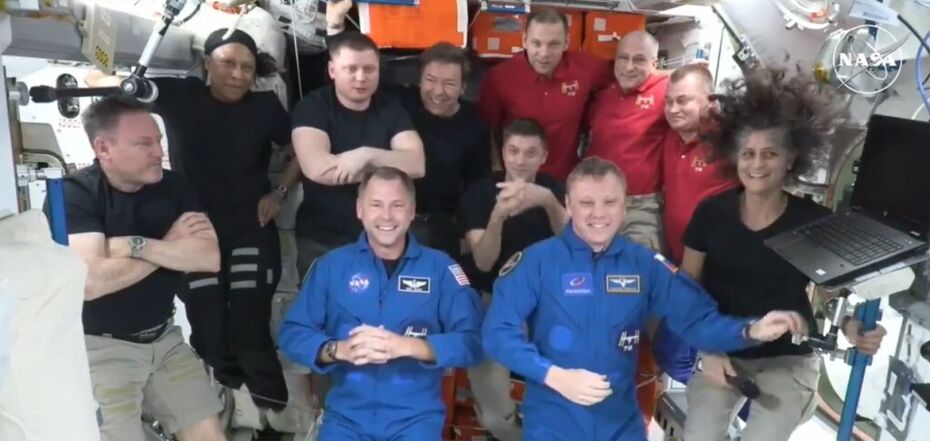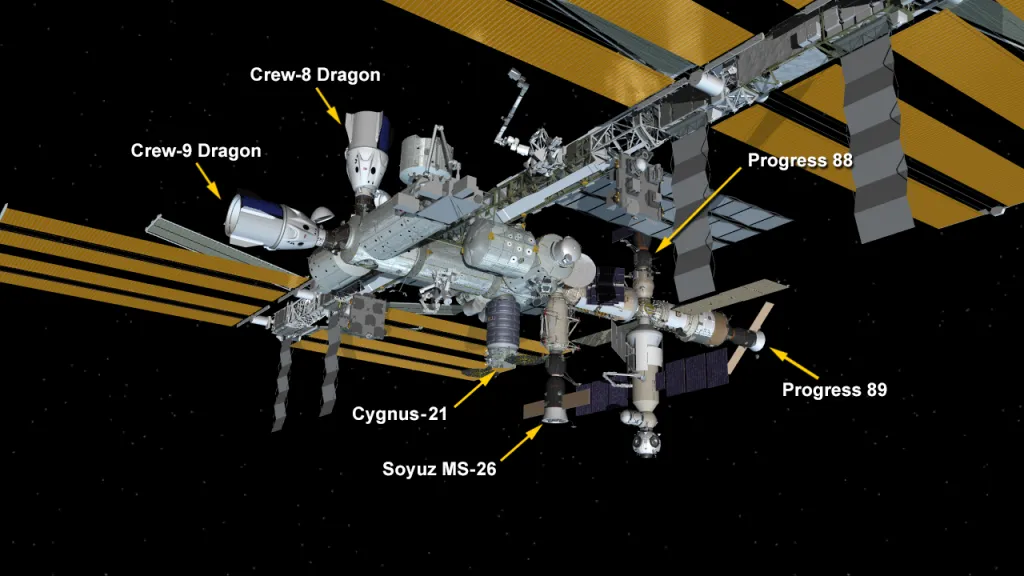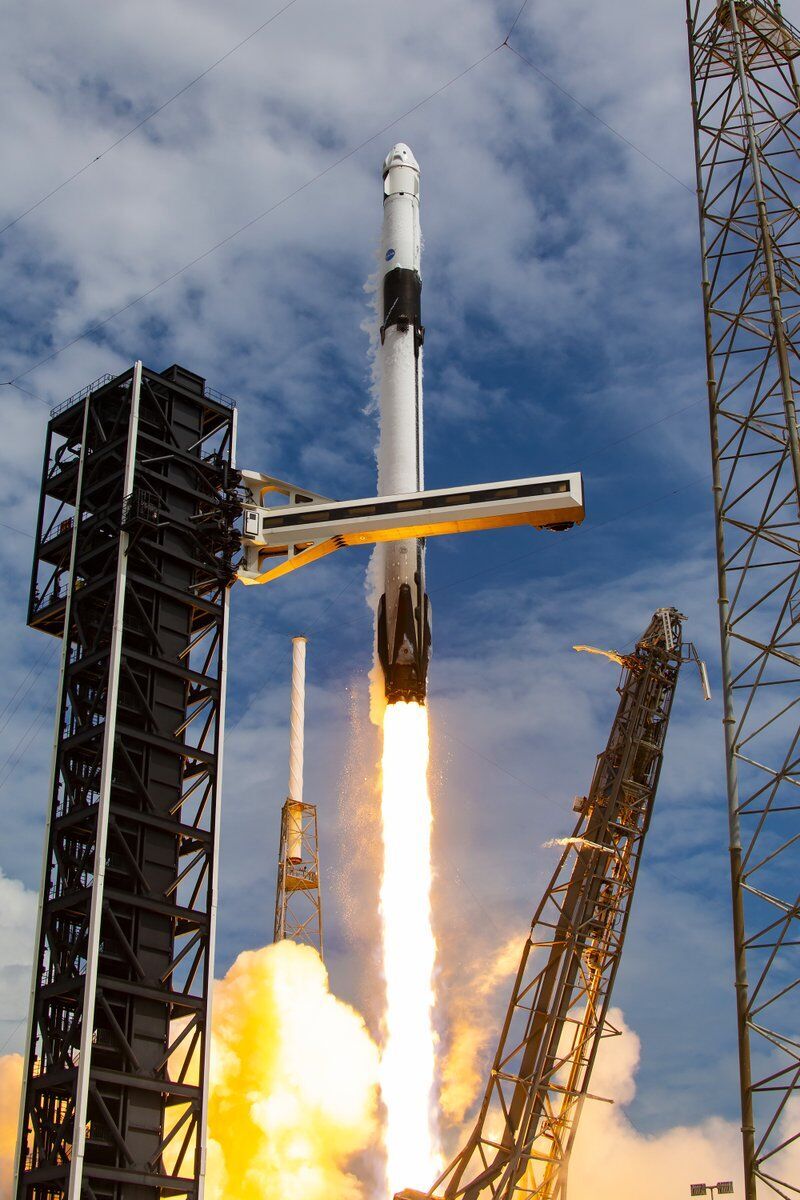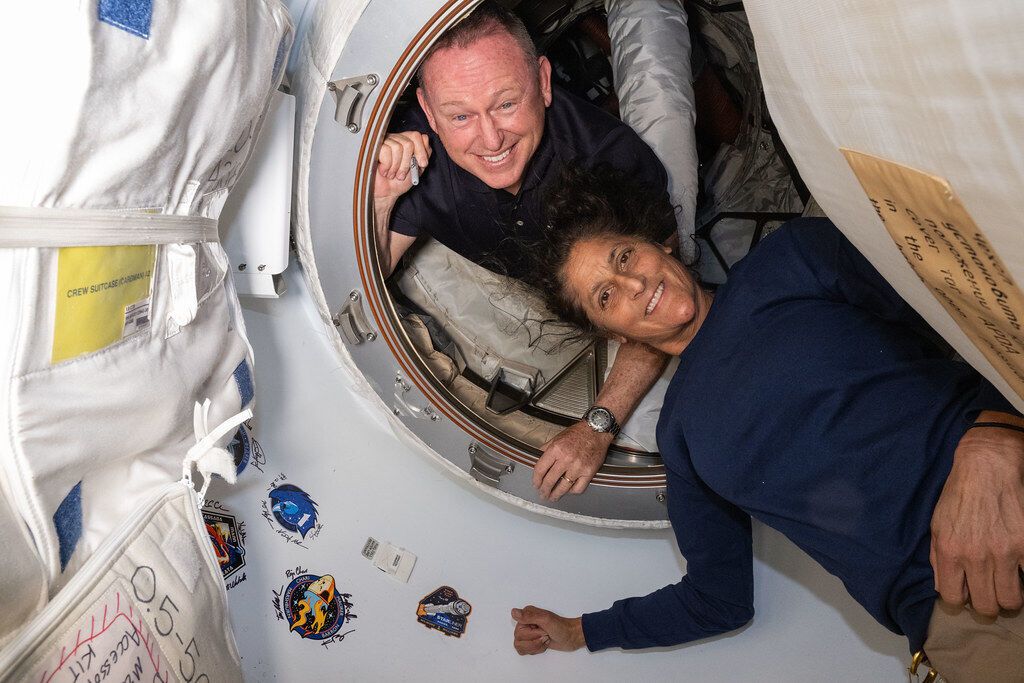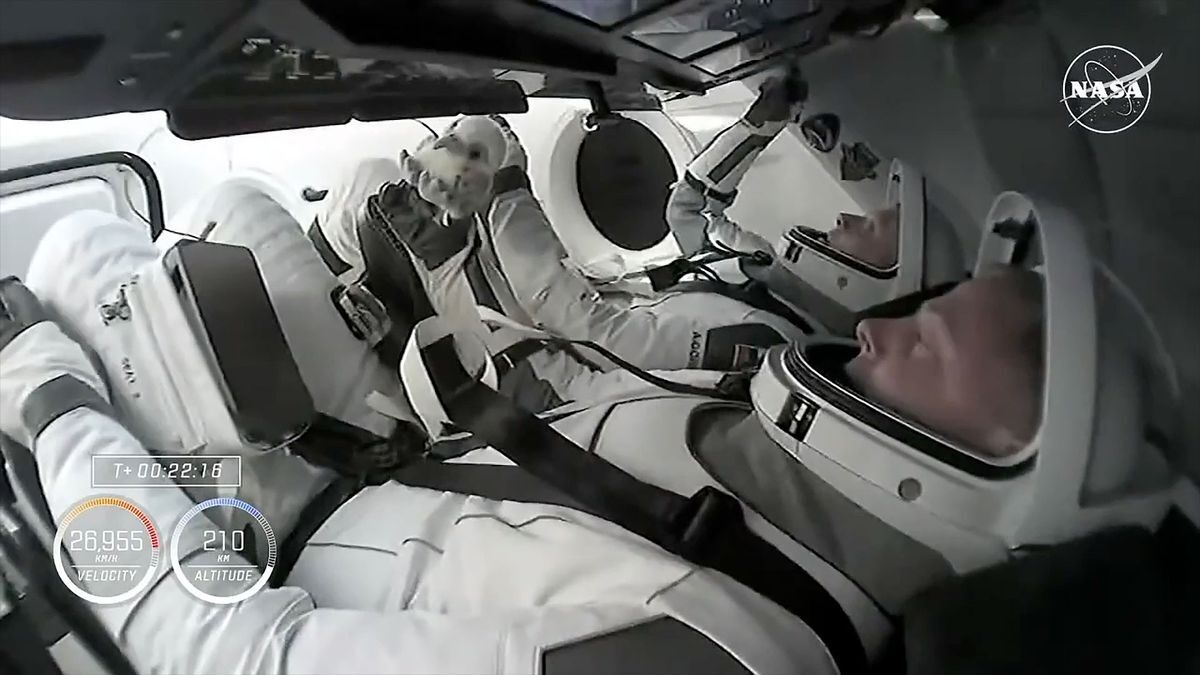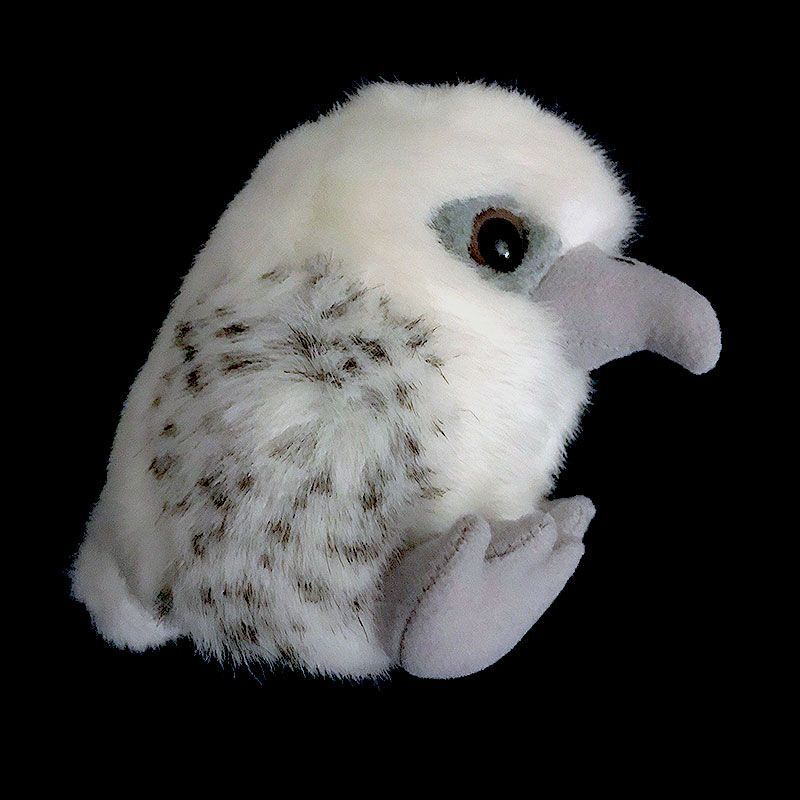News
SpaceX Crew-9 astronauts arrived at the ISS with a plush "Aurora" on board: what the crew will do there and why they need this Russian tradition. Photos, video
The astronauts of the SpaceX Crew-9 mission, who began their space journey on September 28, arrived at the International Space Station (ISS) after a one-day orbital journey. Interestingly, Freedom also carried a toy falcon called "Aurora," which, according to the tradition of Russian astronauts, serves as a zero-g indicator for the space capsule.
Two members of the Crew-9 crew, NASA astronaut Nick Hague and Russian cosmonaut Alexander Gorbunov, were greeted by the astronauts who are now on board the orbiting laboratory. The congratulatory speech was delivered by Suni Williams and Butch Wilmore, who will join Crew-9 and return to Earth next year on the Freedom capsule, Space.com reports.
Specifics of the Crew-9 mission
According to SpaceX, the launch of Crew-9 was the first human spaceflight to take off from Space Launch Complex 40 (SLC-40) at Cape Canaveral Space Force Station in Florida. All previous Dragon crewed flights have launched from the nearby Complex 39A at NASA's Kennedy Space Center.
At the same time, Nick Hague, who is a colonel in the US Space Force, became the first active member of this relatively new military unit to reach space.
The Crew-9 mission will also go down in history for the fact that the SpaceX Crew Dragon capsule, which usually carries four people to the International Space Station, had only two passengers this time. NASA has cut the number of astronauts on this mission in half to save space for two people who are already in the orbiting laboratory and need to return home.
We are talking about NASA veterans Butch Wilmore and Suni Williams, who arrived on the ISS in June during the first flight of the Boeing Starliner capsule crew. Their mission was supposed to last up to 10 days, but the Starliner experienced engine problems in orbit.
So the agency decided that it was too risky to bring Wilmore and Williams back home on Starliner. So the capsule returned to Earth without the crew on September 7. Butch and Sweeney will fly home on Freedom with Hague and Gorbunov in February 2025.
"Aurora" is back in space
This is not the first time that the toy "Aurora," as an indicator of zero gravity, has been in space. Nick Hague's first attempt to fly to the International Space Station with a plush falcon failed in October 2018 when the Russian "Soyuz FG" rocket failed, Space.com reports.
Five months later, Hague took "Aurora" with him again when he took off into space on a "Soyuz MS-12." This time, the NASA astronaut and his toy successfully reached the space station.
And now the third attempt of the Hague and "Aurora" duo to get to the ISS ended in success thanks to the Crew-9 mission. "I've got a little falcon," said NASA astronaut and Crew-9 commander Nick Hague, showing "Aurora" in the cockpit of the SpaceX Dragon spacecraft.
The idea of flying with a zero-g indicator can be traced back to the first human spaceflight, which was made by Soviet-era cosmonaut Yuri Gagarin. He packed a small doll aboard his "Vostok" spacecraft and watched it float as he traveled in orbit around the Earth in 1961.
This tradition continues at Roscosmos. However, Nick Hague became the first American astronaut to re-fly with a zero-g indicator since the tradition of bringing a toy on board was carried over to US spaceflight in 2019.
Interestingly, the United Arab Emirates (UAE) astronauts who flew into space on "Soyuz" and "Dragon" also had their toy indicator mascots on board.
Only verified information is available on our Telegram channel OBOZ.UA and Viber. Do not fall for fakes!


